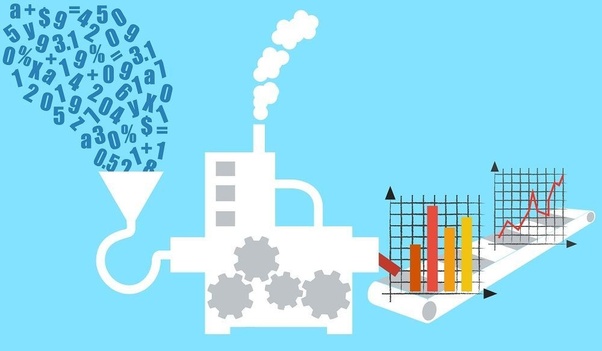Just few minutes in social media or in the mass media, we come across various data-driven discussions with statistical reports and exponential curves that are in fact related to analytics. Since the start of the pandemic, analytics is being constantly used and has become a habit of the experts to make informed decisions using the same. May it be for the business plans or to find solution for the coronavirus crisis, data and analytics has become the new fuel.
Having said that, epidemiology experts are facing challenges at all stages of data processing. From which data set to include, how to collect them, how to investigate and process them, how to analyze and disseminate the results are all the challenges that experts are facing since all will have significantly different outcomes. Hence making a wise call is the challenge that has to be addressed to find solutions for the ongoing coronavirus crisis and improve business performances.
- Collecting Data- which data set?
To estimate the possible spread of the virus, tests are to be conducted. It is easier to test only the very sick (with symptoms) and use them as data sets to investigate severity and the mortality rate of the virus. But this selection biased sampling, leaves out the potential data sets of people who are actually infected but with no symptoms.
The same can be applied to companies when data is to be collected.
Lesson: convenient sampling deviates actual results, which otherwise can be gained using more representative groups.
- Interpreting and analyzing Data
Not all data sets can be interpreted in the same way. There are different factors contributing for an outcome. So, deriving insights from one country’s data and implementing policies in other is not feasible.
Lesson: we require scientific method to differentiate various contributing factors for a cause.
- Disseminate and report the results
The results get varied as the situation changes and as new data is collected. So just representing in absolute numbers or relative numbers can be misguiding. Then the policies and decisions to be taken also may go wrong.
Results depicted visually tells story that can be easily understood. Epidemic calculator provides insights on the severity of the epidemic, and it helps the government to take timely actions. Tableau also provides free visualizations to understand the results and take informed decisions.
Lesson: use multiple metrics including both absolute and relative numbers to understand the entire context.
To cut through the noise around COVID-19, it is better to hone our decisions with data analytics and improve our systems and our organizations to adjust to the new normal.

